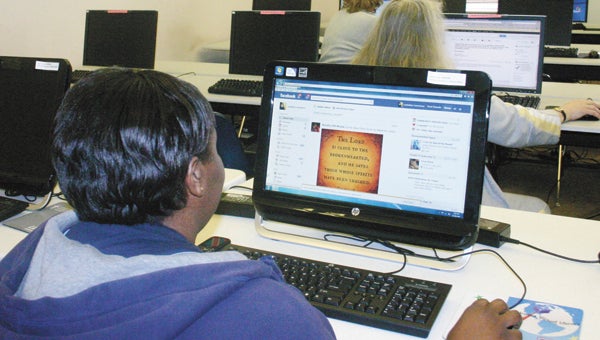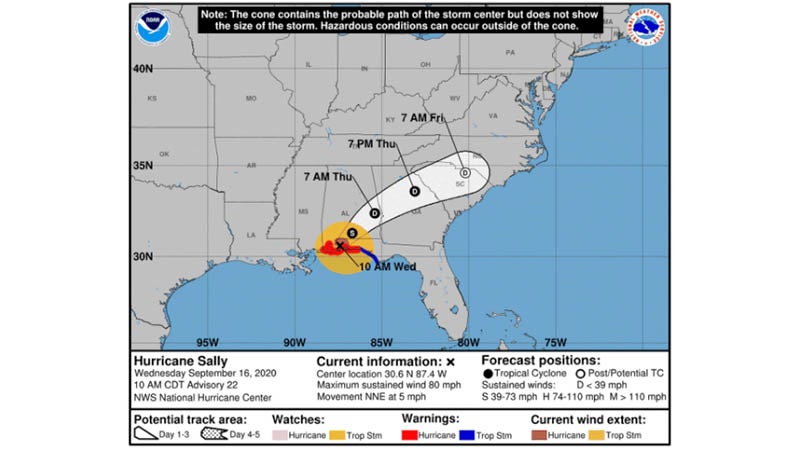NOT JUST BOOKS
Published 12:02 am Wednesday, January 2, 2013

Computer usage is up at the Andaluisa Public Library. Computers are one of the biggest draw at the APL. | Stephanie Nelson/Star-News
Nearly every day, faces fill each of the 20-plus computer terminals at the Andalusia Public Library – proving that more people are using the library than ever before.
But those numbers don’t show how much of an impact a library can have on a community, said Karin Taylor, APL director.
A state mandated year-end report on circulation numbers showed that 34,652 visited the library and checked out 65,532 editions of print materials in 2012. That’s an increase of 2 percent from the 33,979 patrons and 65,420 checked out print editions in 2011.
The biggest jump came in Internet usage, Taylor said. Statistics show that in 2011, 21,793 people signed the computer log sheets. In 2012, that number jumped to 22,043.
“Many people believe that circulation statistics are the most important way to determine how well a library benefits a community,” Taylor said. “This is not true. Numbers don’t tell the story of how one group of illiterate adults come into our library every week to check out children’s books because they desperately want to learn to read. They don’t show how many people come in and apply for jobs or social services through the internet and have had their lives changed.
“Numbers don’t show and can’t predict how our StoryTime may, just may, change one child’s life because it showed that child that learning can be fun,” she said. “So yes, around this time of the year, librarians around the U.S. compile statistics; however, the true test of a library’s importance are not in the figures, but on how the library touches people’s lives…and that can’t be quantified.”
And the services a library provides is constantly evolving, Taylor said. The library will soon offer electronic books and is pursuing two grants – one that would establish a middle school book club and another to digitize the APL’s genealogical and historical information.
“As long as people are reading, it doesn’t matter how they’re reading it,” she said. “And we are constantly changing how we provide the material and the material provide.”
Taylor said an example would be purchasing graphic novels for teens.
A graphic novel is a narrative work in which the story is conveyed to the reader using sequential art, either in an experimental design or in a traditional comics format.
“The library is a place of wonder – it doesn’t matter if you’re reading a book or surfing the web,” she said. “You can always find what you’re looking for here.”




